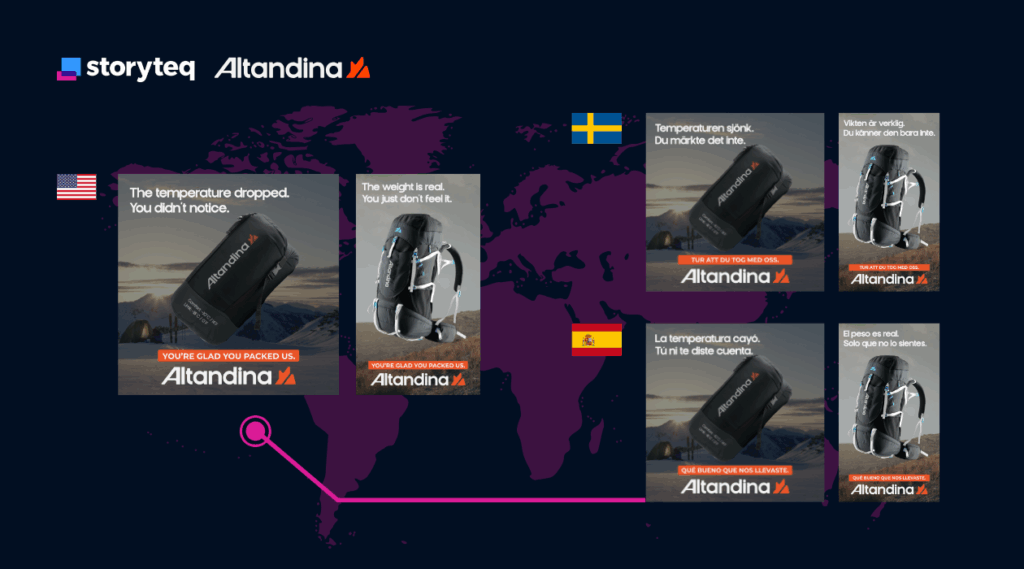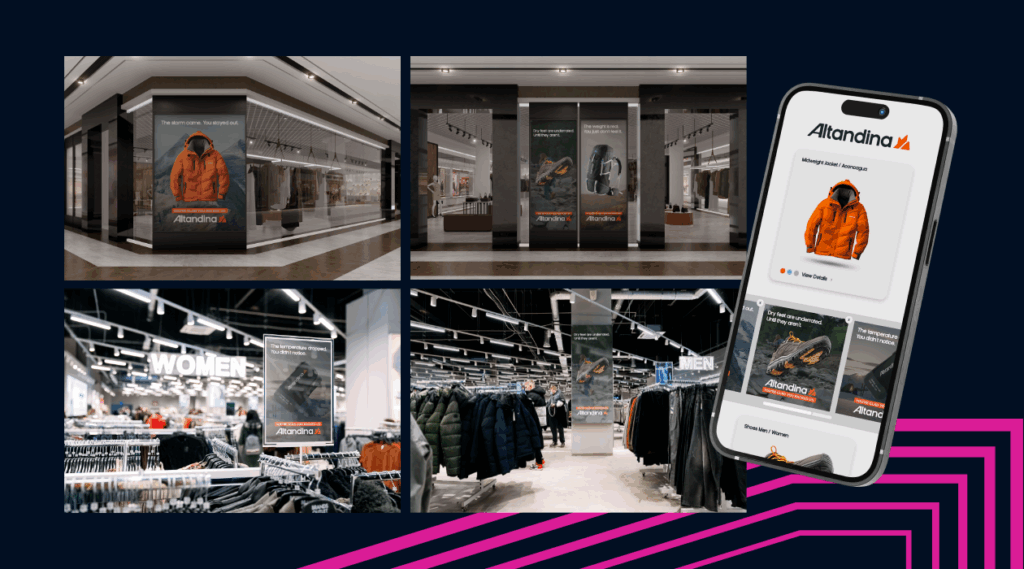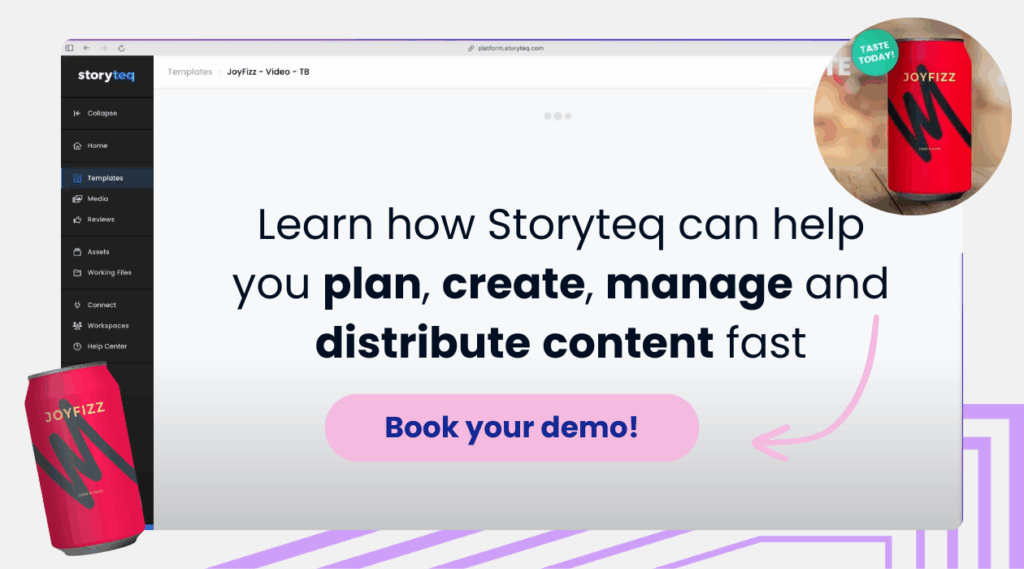Across town, a department store updates its digital window display in a similarly dynamic way. In the morning: workwear. At midday: athleisure. On weekends: kids’ shoes and seasonal sales. All changing based on the time, the weather, or local foot traffic patterns.
This isn’t wishful thinking. It’s already happening.
And it’s part of a much larger shift: retail’s content is going fully hybrid. Both digital and print, working in sync.
Print Alone Can’t Keep Up
Print still plays an important role in retail. From in-store signage to direct mail, it provides a tangible, high-impact touchpoint that can reinforce brand trust and drive traffic.
But on its own? It’s not fast enough to meet the real-time expectations of today’s shopper.
Once a poster goes up in-store, it stays fixed. It can’t pivot to new promotions. It can’t react to weather, inventory, or behavior. Meanwhile more and more shoppers expect a personalized experience.
That’s why the most forward-thinking retailers aren’t choosing one or the other.
They’re creating a connected content ecosystem, where print sets the scene and digital keeps it dynamic.

Shoppers want messages that align with their unique situation; language, product of interest and seasonal aspects.
Attention Is Scarce. Context Is Everything.
Your shoppers are exposed to thousands of messages a day. Most go unnoticed, unless they arrive at the right moment, in the right place, with the right relevance.
This is especially true in retail, where attention spans are short and decisions happen fast.
To keep up, content needs to:
- Be easy to digest
- Adapt to time, season, and location
- Be consistent across physical and digital touch points
Retailers like Marks & Spencer and Albert Heijn are pairing print campaigns with digital displays that evolve in real time, ensuring customers see the most relevant content wherever they go.
What Digital Transformation Looks Like
Let’s take Altandina, our fictional outdoor gear retailer, as an example.
In-store, they still use beautifully printed signage to set the tone and highlight seasonal stories. But around that, they’ve layered digital content that moves with the day:
- Storefront screens show hydration packs in the morning, sun protection mid-afternoon, and cozy base layers by night.
- In-store displays highlight trail shoes on dry days, waterproofs when it rains.
- Email and webshop content is personalized by region and product availability.
- Digital shelf screens show live pricing, bundles, or product pairings that change based on behavior.
The result? A content ecosystem that’s part static, part dynamic, and entirely shopper-focused.

Retailers need to create personalized experience with content, both online and in-store.
Why This Matters For Retailers
Digital transformation isn’t about abandoning print, it’s about enhancing it.
As digital screens, email, apps, and social media take on more roles in the shopping journey, brands need content that:
- Moves fast
- Scales easily
- Feels local, personal, and responsive
- Is consistent across every format
But creating that kind of content, especially when print and digital need to align, isn’t easy without the right tools.
Automating Retail Content Across Print and Digital
Storyteq helps retailers like Altandina bring their creative vision to life across every format.
With Storyteq, teams can:
- Build once and version fast—for web, social, signage, and print
- Dynamically update content based on product, region, or schedule
- Sync messaging across screens, stores, emails, and more
- Cut turnaround times dramatically, while protecting brand consistency
Whether it’s a printed in-store campaign or digital signage that updates in real time, Storyteq works alongside print to power an integrated content approach.
Want to see it in action? Read how global brands speed up campaign launched with Storyteq.
Final Word: The Future of Retail Content Is Integrated
In a world of short attention spans and fast-changing retail moments, print still matters, but it’s even more powerful when paired with dynamic digital content.
If your content can’t respond to real-world context, it risks being invisible.
Retailers today don’t have to choose between print and digital.
They just need the systems to make both work together: efficiently, at scale, and in sync with every customer moment.

